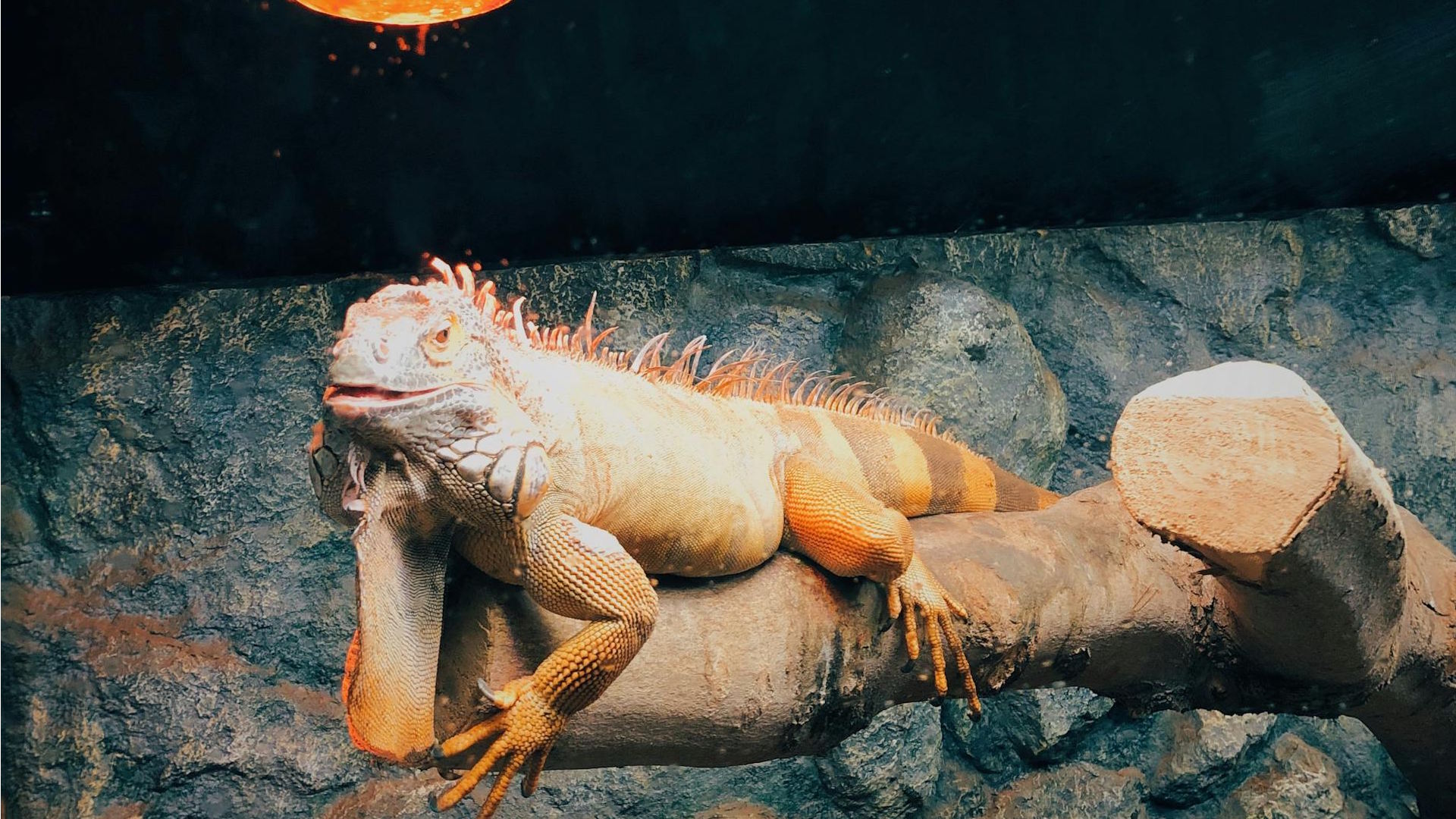Owning an exotic pet can be an exciting and rewarding experience, offering companionship with unique and fascinating animals that stand out from typical household pets. However, the specialized needs of exotic animals often catch new owners unprepared, leading to preventable mistakes that impact both the animal’s welfare and the owner’s enjoyment. Unlike cats and dogs, which have been domesticated for thousands of years, exotic pets retain many of their wild instincts and requirements. From inadequate research before acquisition to misunderstanding dietary needs, this article explores the most common pitfalls exotic pet owners face and provides guidance on avoiding these mistakes to ensure a happy, healthy life for these special animal companions.
Insufficient Research Before Purchase
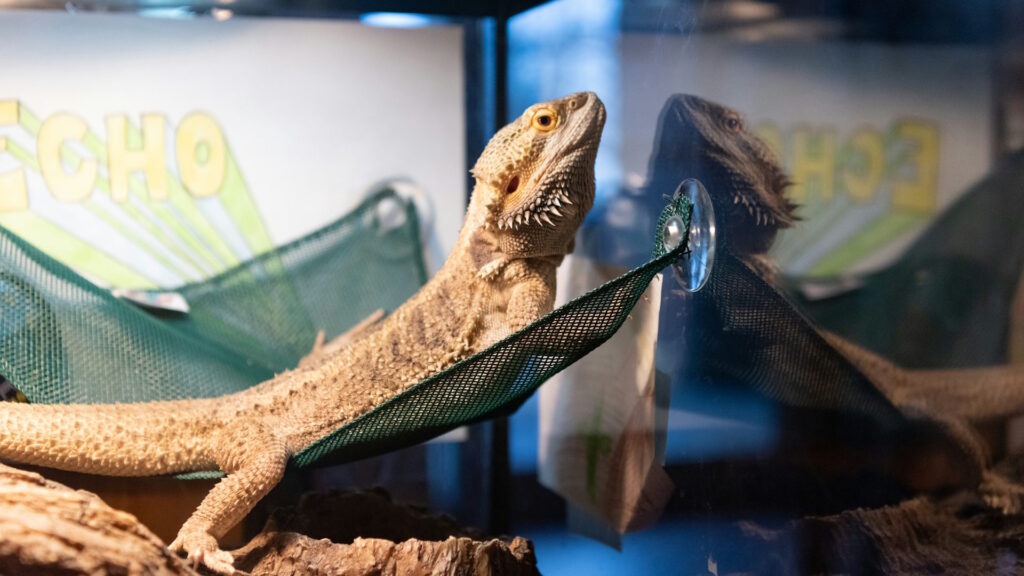
Many exotic pet enthusiasts make their first critical mistake before even bringing their new animal home: failing to thoroughly research the species they intend to acquire. This often stems from impulse purchases after seeing a cute sugar glider at a pet store or being captivated by a friend’s bearded dragon without understanding the long-term commitment involved. Proper research should include understanding the animal’s natural habitat, typical lifespan (which can span decades for some species like parrots and tortoises), adult size, social needs, and legal status in your area. Exotic animals frequently grow much larger than owners anticipate, develop unexpected behaviors, or require specialized care that becomes overwhelming. Taking several weeks or months to research before committing to an exotic pet can prevent years of challenges or the heartbreaking need to rehome an animal that no longer fits your lifestyle.
Underestimating Housing Requirements
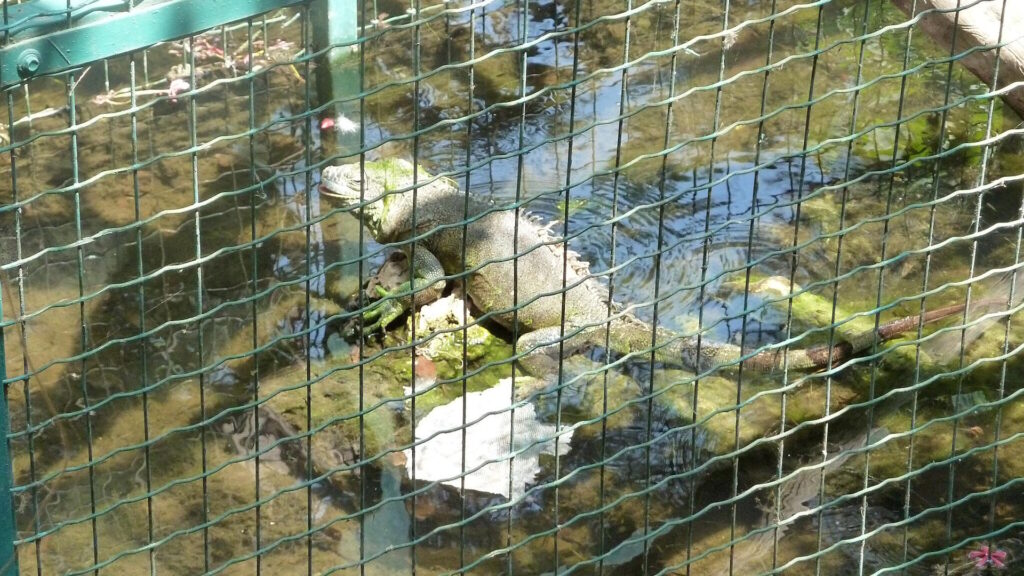
A common misconception among new exotic pet owners is that the enclosures sold in pet stores are adequate for the animal’s entire life. In reality, most commercially available cages and terrariums are dramatically undersized for the long-term health and wellbeing of exotic species. Many animals require enclosures that allow for natural behaviors like climbing, burrowing, swimming, or flying – activities essential for both physical and psychological health. For example, a green iguana purchased as a small juvenile might start in a 20-gallon terrarium, but will eventually require an enclosure the size of a small room as an adult. Temperature gradients, humidity levels, substrate depth, and furnishings like branches, hides, and water features must all be carefully considered based on the animal’s natural environment. Providing inadequate space is not only unethical but often leads to health problems, stress behaviors, and shortened lifespans.
Improper Diet and Nutrition

Nutritional mistakes rank among the most dangerous and common errors made by exotic pet owners, often leading to serious health complications or premature death. Many owners rely too heavily on commercial pet foods that may not meet the specialized needs of their particular species, or they may offer inappropriate foods based on misconceptions about what the animal eats in the wild. For instance, many new reptile owners don’t realize that not all lizards are insectivores – some require specific plant matter, while others need a careful balance of both. Even within categories like “parrot” or “turtle,” dietary needs can vary dramatically between species. Overfeeding is another prevalent issue, particularly with species that naturally eat infrequently or seasonally in the wild. Vitamin and mineral imbalances are especially problematic, with conditions like metabolic bone disease in reptiles or fatty liver disease in birds becoming life-threatening when diets lack proper calcium-phosphorus ratios or contain excessive fat content.
Neglecting Environmental Enrichment
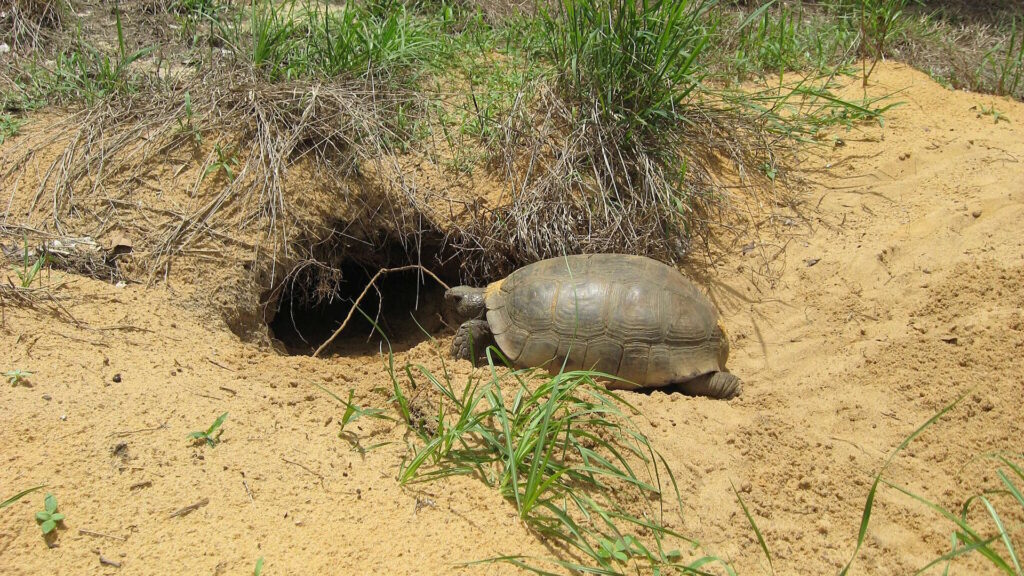
While providing the basics of food, water, and shelter are essential, many exotic pet owners fail to consider the equally important need for environmental enrichment. Wild animals spend much of their time engaged in complex behaviors like foraging, exploring territories, solving problems to access food, and interacting with others of their species. In captivity, these natural behaviors are often impossible to express, leading to psychological distress, stereotypic behaviors (repetitive movements with no apparent purpose), and even self-harm. Proper enrichment should simulate aspects of an animal’s natural lifestyle through varied textures, scent-based activities, food puzzles, climbing structures, burrowing opportunities, or social interactions when appropriate. For example, parrots need regular rotation of toys that allow chewing and manipulation, while many reptiles benefit from enclosures with varied terrain that encourages natural hunting or basking behaviors. Without adequate mental stimulation, even physically healthy exotic pets often develop behavioral problems that make them challenging to care for.
Misunderstanding Social Needs

Exotic pet owners frequently misinterpret the social requirements of their animals, either keeping naturally social species in isolation or forcing naturally solitary animals to cohabitate. Some species, like many parrot varieties, sugar gliders, and certain primate species, form complex social bonds in the wild and can develop severe psychological issues when kept alone, including self-destructive behaviors, excessive vocalization, or aggression. Conversely, animals that naturally live solitary lives, such as many reptile species, may experience chronic stress or dangerous territorial conflicts when housed together. Even within the same species, introducing unfamiliar animals requires careful consideration of age, sex, and individual temperament. For example, male green iguanas may coexist peacefully as juveniles but become dangerously aggressive toward each other and humans when they reach sexual maturity. Understanding whether an exotic pet needs companionship—and what kind—is crucial for both the animal’s welfare and the owner’s safety.
Overlooking Legal Requirements

Many new exotic pet owners find themselves in legal trouble by failing to research and comply with regulations governing the ownership of non-traditional animals. Laws regarding exotic pet ownership vary dramatically between countries, states, counties, and even municipalities, with some locations prohibiting certain species entirely while others require special permits, inspections, or insurance. Some exotic animals that may be legal to own still require documentation showing they were captive-bred rather than wild-caught, particularly for species protected under CITES (Convention on International Trade in Endangered Species). Regulations can change quickly, sometimes making previously legal pets suddenly prohibited, as happened with many primate species in various locations. Penalties for illegal exotic pet ownership can be severe, ranging from confiscation of the animal to heavy fines or even criminal charges. Responsible ownership includes staying current on all relevant legal requirements and having proper documentation for the animal’s acquisition, health status, and any required permits.
Failing to Establish Veterinary Care

A critical oversight among exotic pet owners is not securing appropriate veterinary care before acquiring their animal. Unlike dogs and cats, exotic species require veterinarians with specialized knowledge and equipment, and these professionals can be difficult to find in many areas. Many well-meaning general practice veterinarians lack the training to properly diagnose and treat exotic animals, potentially leading to inadequate or harmful care during emergencies. Exotic pets are masters at hiding illness until conditions become advanced, making regular preventative care from a knowledgeable exotic veterinarian essential. Finding an appropriate vet should be a prerequisite to bringing home any exotic animal, and owners should expect to travel significant distances if necessary to access proper care. Additionally, exotic veterinary care typically costs substantially more than care for domestic animals, and many pet insurance policies exclude exotic species or offer only limited coverage, creating financial challenges that unprepared owners may not be able to meet.
Inadequate Temperature and Humidity Control

Maintaining appropriate environmental conditions is critical for exotic pets, yet many owners fail to provide consistent, appropriate temperature gradients and humidity levels. Reptiles, amphibians, and many invertebrates are ectothermic (cold-blooded), meaning they cannot regulate their body temperature internally and depend entirely on their environment for thermoregulation. Without proper heat sources, cool retreats, UVB lighting, or humidity control, these animals can quickly develop respiratory infections, digestive problems, immune system dysfunction, or fatal conditions like heat stroke. Many owners rely on a single thermometer in the enclosure, failing to recognize that temperatures can vary dramatically between the warm and cool ends of a habitat, or between the substrate and elevated perches. Humidity requirements can be equally challenging, with some species requiring specific levels that fluctuate throughout the day or seasonally. Desert species may suffer in excessively humid environments, while tropical species can develop dehydration, shedding problems, or respiratory disease in conditions that are too dry.
Mishandling and Improper Socialization

Improper handling techniques and forced socialization represent some of the most common mistakes that lead to stress, injury, or behavioral issues in exotic pets. Many owners, particularly those accustomed to dogs and cats, fail to recognize that most exotic species do not inherently enjoy being held or petted and may interpret handling as a predatory threat. Even seemingly docile species like bearded dragons or ball pythons have specific ways they should be supported to prevent injury to their limbs or spine. Some exotic mammals, birds, and reptiles require careful socialization from a young age to become comfortable with human interaction, while others may never appreciate handling regardless of socialization efforts. Handling an animal too frequently, especially during adjustment periods, nocturnal hours, or breeding seasons, can cause chronic stress that compromises immune function. The most successful exotic pet owners learn to respect their animal’s natural behavioral preferences, recognizing that observation rather than interaction may be the primary reward of keeping certain species.
Ignoring Species-Specific Behaviors
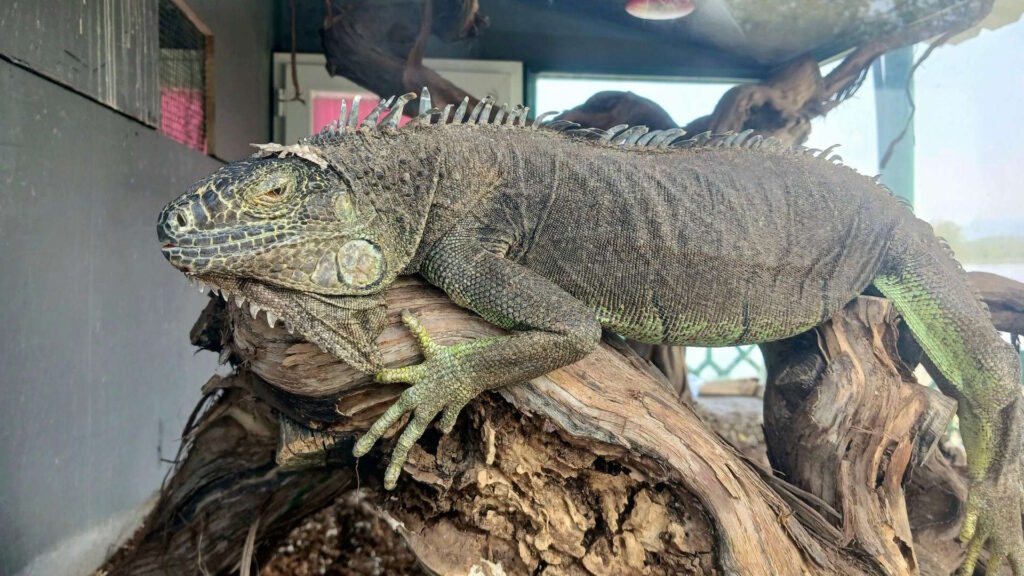
A fundamental mistake many exotic pet owners make is expecting their animals to behave like traditional pets rather than accepting and accommodating their natural, species-specific behaviors. For example, many birds naturally vocalize loudly, especially at dawn and dusk, yet owners become frustrated by this normal communication. Reptiles like green iguanas may become territorial and aggressive during breeding seasons, displaying head-bobbing, tail-whipping, or biting that isn’t a reflection of poor temperament but rather natural reproductive behavior. Nocturnal animals like sugar gliders or hedgehogs are often acquired by owners who then attempt to interact with them during daylight hours when the animals naturally should be sleeping. Burrowing species may disturb carefully arranged decorations, climbing species may knock items over, and many animals exhibit natural defensive behaviors when startled. Understanding and accepting these instinctual behaviors before acquisition is essential, as attempting to change or punish natural behaviors only creates stress for both the animal and owner.
Inappropriate Breeding Attempts

Amateur breeding of exotic pets frequently leads to tragic outcomes, including the death of parent animals, non-viable offspring, and unwanted animals that are difficult to place in appropriate homes. Many exotic species have complex breeding requirements involving specific temperature cycling, nutritional preparation, or social groupings that amateur owners are ill-equipped to provide. Female animals often experience complications during pregnancy or egg-laying that require immediate specialized veterinary intervention, which may be unavailable or unaffordable in emergency situations. Even successful breeding attempts can quickly become overwhelming, as many exotic species produce large numbers of offspring that require specialized care and appropriate housing. The exotic pet market is already saturated with animals in need of homes, and breeding without a comprehensive understanding of genetics can perpetuate hereditary health issues. Responsible ownership means either keeping animals in same-sex groups, pursuing surgical sterilization when safe and appropriate, or having extensive plans in place for the care and placement of any potential offspring.
Failing to Plan for the Animal’s Lifespan
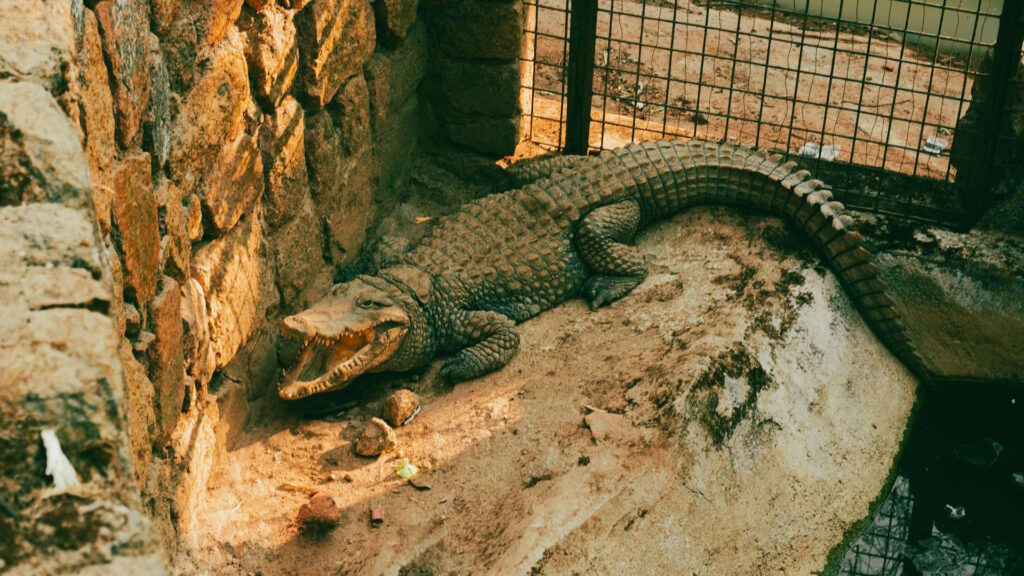
Perhaps the most sobering mistake exotic pet owners make is failing to realistically consider the animal’s potential lifespan and how their own life circumstances might change throughout that period. Many popular exotic pets live far longer than cats and dogs, with tortoises potentially surviving 50-100 years, large parrots living 60-80 years, and even some snakes or lizards living 20-30 years with proper care. This lifespan creates a decades-long commitment that may span multiple major life changes for the owner, including college, career changes, marriages, children, relocations, or health issues. Finding appropriate temporary caretakers during vacations or emergencies becomes increasingly difficult with exotic species due to their specialized needs. Responsible ownership requires creating a comprehensive long-term plan that includes provisions for the animal’s care if the owner becomes unable to continue providing it, whether through formal arrangements with willing family members, exotic animal sanctuaries, or even financial provisions in estate planning. Without such planning, many long-lived exotic pets face uncertain futures when their owners’ circumstances change.
Underestimating Financial Commitment

The true cost of exotic pet ownership frequently surprises unprepared owners who focus only on the initial purchase price without calculating ongoing expenses. Proper enclosures for many exotic species can cost thousands of dollars when accounting for all necessary heating, lighting, filtration, and monitoring equipment, with many components requiring regular replacement. Specialized diets often cost significantly more than traditional pet food, particularly for insectivores requiring live prey or herbivores needing varied fresh produce. Veterinary care represents perhaps the most substantial financial commitment, with routine exotic pet examinations often costing several times more than dog or cat visits, and specialized procedures like radiographs or surgeries potentially running into thousands of dollars. Many exotic pets require regular habitat maintenance including substrate changes, water quality management, or complete enclosure upgrades as they grow. The long-term financial responsibility should be carefully considered before acquisition, including setting aside emergency funds for unexpected health issues, as economic hardship is one of the most common reasons exotic pets end up surrendered or neglected.
Conclusion
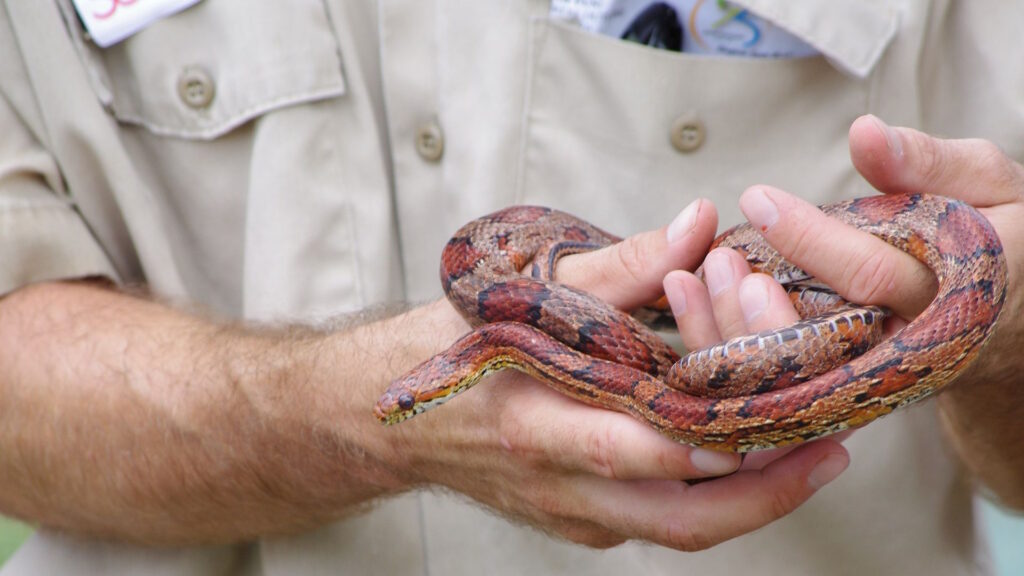
Owning an exotic pet can be immensely rewarding, offering unique connections with fascinating species and expanding our understanding of the animal kingdom. However, responsible ownership requires significantly more preparation, education, and commitment than traditional pet ownership. By recognizing and avoiding these common mistakes, prospective exotic pet owners can provide better lives for their animals while protecting themselves from legal, financial, and emotional hardships. The most successful exotic pet relationships occur when owners approach the responsibility with humility, recognizing that their primary obligation is to meet the animal’s needs rather than their own desires for a novel pet experience. With proper research, realistic expectations, and ongoing education, exotic pet ownership can be a fulfilling journey that benefits both the animals and the humans who care for them.




